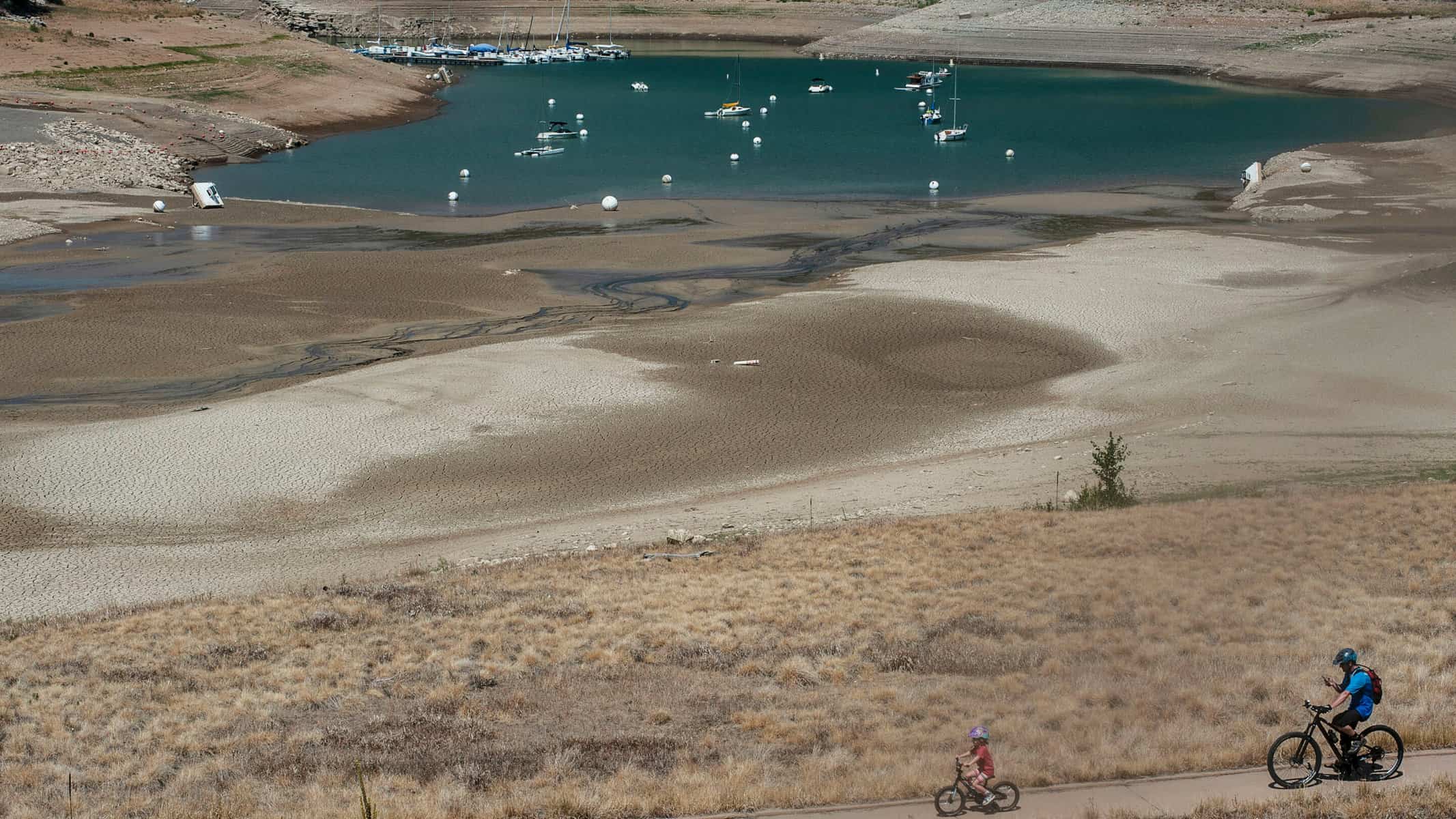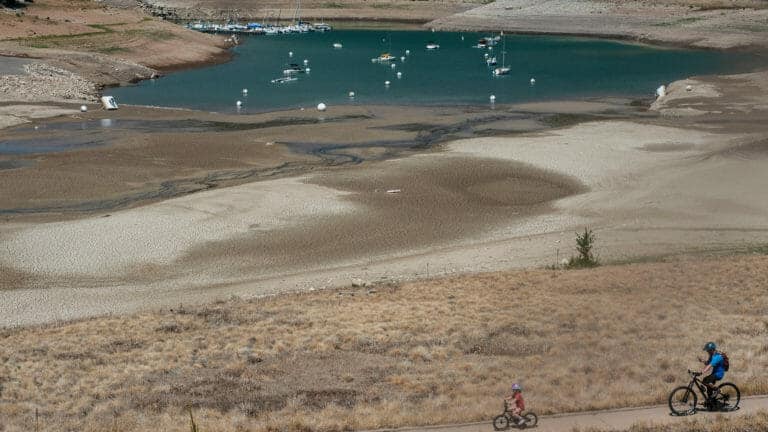Historic proposal to create a conservation bank of water in Lake Powell fed by reservoirs in Colorado, Utah, Wyoming and New Mexico would protect the withering Powell and requires approval of eight states and the federal government
Nearly two decades into a pervasive drought that has more to do with a warming climate than precipitation, the seven states that rely on the Colorado River are nearing completion of a seven-year plan to protect water in the West.
The Upper Colorado River Basin Drought Contingency Plan — one of the most significant proposals in the history of Colorado water management — isn’t going to buoy all of the 40 million people who rely on the Colorado River.
But the plan, a draft of which was released Tuesday by the U.S. Bureau of Reclamation, could spread the burden of these exceptionally dry years across all the communities that draw from the overtaxed river. It also would move water from popular reservoirs like Flaming Gorge and Blue Mesa to bolster a flagging Lake Powell.
While ever-optimistic water users across Colorado and the West have long pined for super-snowy years to deflect the drought, the days of simply praying for precipitation are over. Four of the five driest years ever recorded have come during this 19-year drought; 2018 is the third-driest on record; and 2012-13 were the driest consecutive years in modern record-keeping.
“We are probably in a new normal, and it doesn’t do us any good to hope we are going to bailed out by hydrology,” Upper Colorado River Water Commissioner James Eklund said as he introduced a path toward lessening the blow of the creeping crisis on the river.
That path is pretty simple: Conserve more water and store it in Lake Powell so that the Colorado River plumbing system, which supports a $1.4 trillion economy, doesn’t collapse. Getting there — with seven states and Mexico protecting their own interests while agreeing to a balanced reduction of use and increase in storage — is a monumental task.
Lake Mead and Lake Powell, both fed by the Colorado River, are at their lowest levels in history. More water pours out of the critical Lake Mead than pours in. Colorado snow provides 70 percent of the water that flows through its namesake waterway.
The state’s insurance policy for providing water to downstream states is […]
Full article: Plan to slow creeping Colorado River crisis could drain more water from Blue Mesa, Flaming Gorge reservoirs
More news about the Colorado River:
- What drought? These states are gearing up to draw more water from the Colorado.
- The Colorado River is evaporating, climate change largely to blame
- U.S.A. and Mexico agree to share a shrinking Colorado River
- Colorado River v. State of Colorado
- SCOTUS: Upstream States to Reduce River Usage, Aid Downstream States in Drought
- Water under Colorado’s Eastern Plains running dry as farmers keep irrigating “great American desert”
Related content by our editor:



